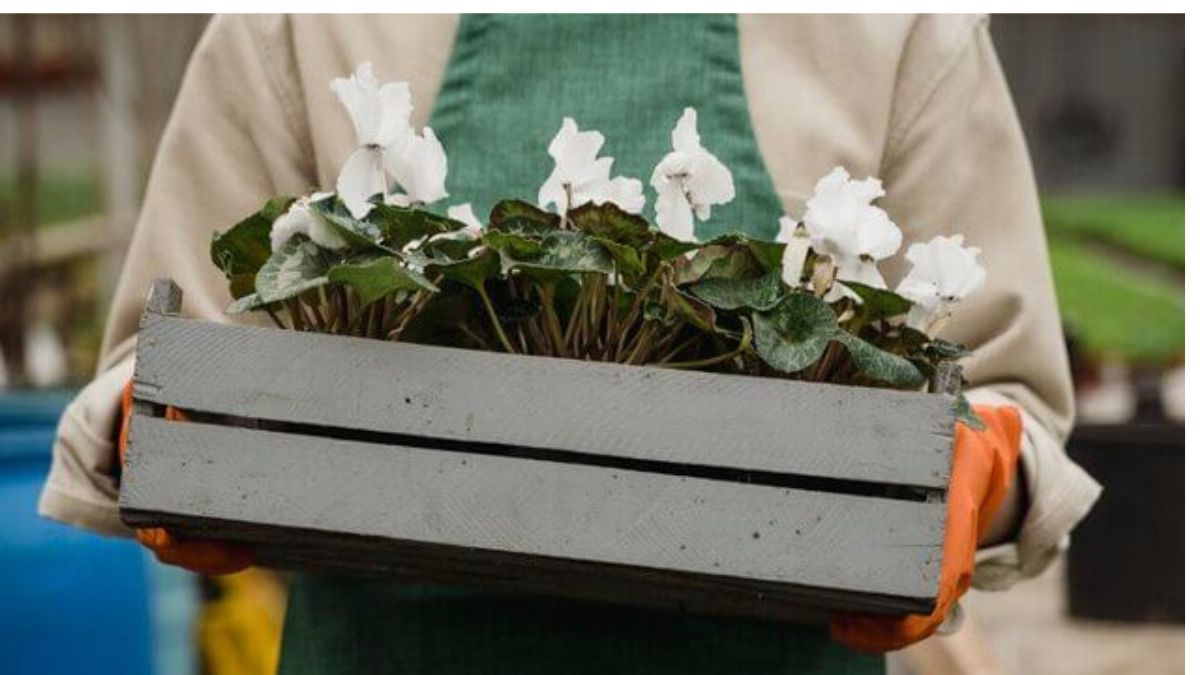Spring is on the horizon, bringing with it the promise of vibrant blooms and lush greenery. It’s the perfect time to transform your garden into a flourishing oasis. To help you get the most out of the season, this spring gardening checklist covers all the essential tasks for a thriving garden.
Table of Contents
1. Assessing your garden’s current condition
This initial assessment will give you a clear understanding of what needs to be addressed to create a thriving environment for your spring garden. So, before diving into any gardening activities, take a moment to assess your garden’s current condition. Begin by examining the overall landscape to identify any visible issues such as soil erosion, drainage problems, or weed overgrowth. Check the health of existing plants for signs of damage or disease that may need attention. Observe how sunlight hits different areas to determine where to place sun-loving plants versus shade-tolerant ones. Also, test the soil’s pH and nutrient levels as this will guide any necessary amendments for optimal plant growth.
2. Creating a strategic garden layout
Preparing your garden for spring is a rewarding task that sets the foundation for a thriving growing season. The first step is creating a strategic layout that maximizes the use of your space while considering factors such as sunlight, soil quality, and plant compatibility. Start by evaluating your garden’s existing features – like trees, structures, and pathways – and plan where each plant will thrive best. Group plants with similar needs together, ensuring that taller plants do not shade smaller ones. Incorporating a mix of perennials, annuals, and shrubs can provide a diverse and dynamic landscape that will evolve throughout the season.
One excellent way to optimize your garden layout is by using raised garden beds. Raised beds improve drainage and soil quality and also reduce the need for bending, making gardening easier on your back. They warm up quicker in the spring, allowing for an earlier planting season, and they can be filled with high-quality soil that’s free of contaminants. Raised beds also offer better control over weeds and pests, as the soil is contained and easier to manage.
Therefore, if you’re looking to elevate your garden this season, choose a raised garden bed from Carpathen. Made from durable stainless steel and featuring a 13-in-1 design, it offers endless possibilities to transform your backyard. These raised beds are specifically designed for optimal soil volume, allowing you to effortlessly create the perfect flower bed setup to complement your garden’s layout. The open-base garden planter ensures plenty of space to grow a variety of fruits, vegetables, and flowers, making it an ideal choice for both novice and experienced gardeners alike.
3. Implementing effective watering techniques
First, you have to know what the specific water needs of your plants are. As a general advice, it’s best to water early in the morning to reduce evaporation and allow the foliage to dry before nightfall, minimizing the risk of disease. Utilize drip irrigation systems or soaker hoses to deliver water directly to the root zone, promoting deeper root growth and conserving water. Another important aspect is to apply mulch around plants to retain soil moisture and further reduce the need for frequent watering. Monitor the weather and adjust your watering schedule accordingly, ensuring plants receive adequate hydration without becoming waterlogged.
4. Preparing and enriching the soil
Healthy soil provides the essential nutrients that plants need to thrive, so a good practice is to start testing your soil to identify its pH and nutrient levels. Based on these results, adjust the pH by incorporating lime to raise acidity or sulfur to lower it. Enhance soil fertility by adding organic matter such as compost, well-rotted manure, or green manures, which improve structure and nutrient content. Loosen compacted soil to enhance aeration and drainage, promoting root penetration and reducing waterlogging risks. Consider layering in natural materials like straw or shredded leaves to further enrich the soil and maintain moisture levels.
5. Maximizing plant diversity
To make your garden more resilient, beautiful, and ecologically balanced, focus on increasing plant diversity. Choose a variety of plant species that can thrive in different conditions and offer various benefits. A combination of perennials, annuals, shrubs, and trees will create a layered garden that supports beneficial insects and wildlife. Native plants are an excellent choice, as they are well-suited to local conditions and often need less maintenance. Consider planting certain species together to improve nutrient absorption, reduce pests, and increase productivity.
6. Planning for continuous bloom and harvest
This step is truly necessary to ensure your garden remains productive and picturesque throughout the entire growing season. Use a diverse range of plants with varying bloom and fruiting periods, such as spring bulbs, summer perennials, and fall-blooming annuals. For vegetables, choose early, mid, and late-season varieties that will provide a steady supply of produce. Implement succession planting by sowing seeds or planting seedlings at staggered intervals, extending the harvest period and preventing gaps. Pay attention to the growing conditions and sunlight requirements to place plants in optimal locations that match their needs.
As you enjoy the fruits of your labor, take time to reflect on the successes of this growing season and note any areas that may need improvement for next year. Did certain plants thrive, while others struggled? Were there any pest or water management issues? Use these observations to plan ahead for the next season. Gardening is a journey of constant learning, and with each spring, you can refine your techniques, expand your plant variety, and fine-tune your garden’s layout. By staying proactive, you can look forward to creating an even more vibrant garden in the seasons to come!

